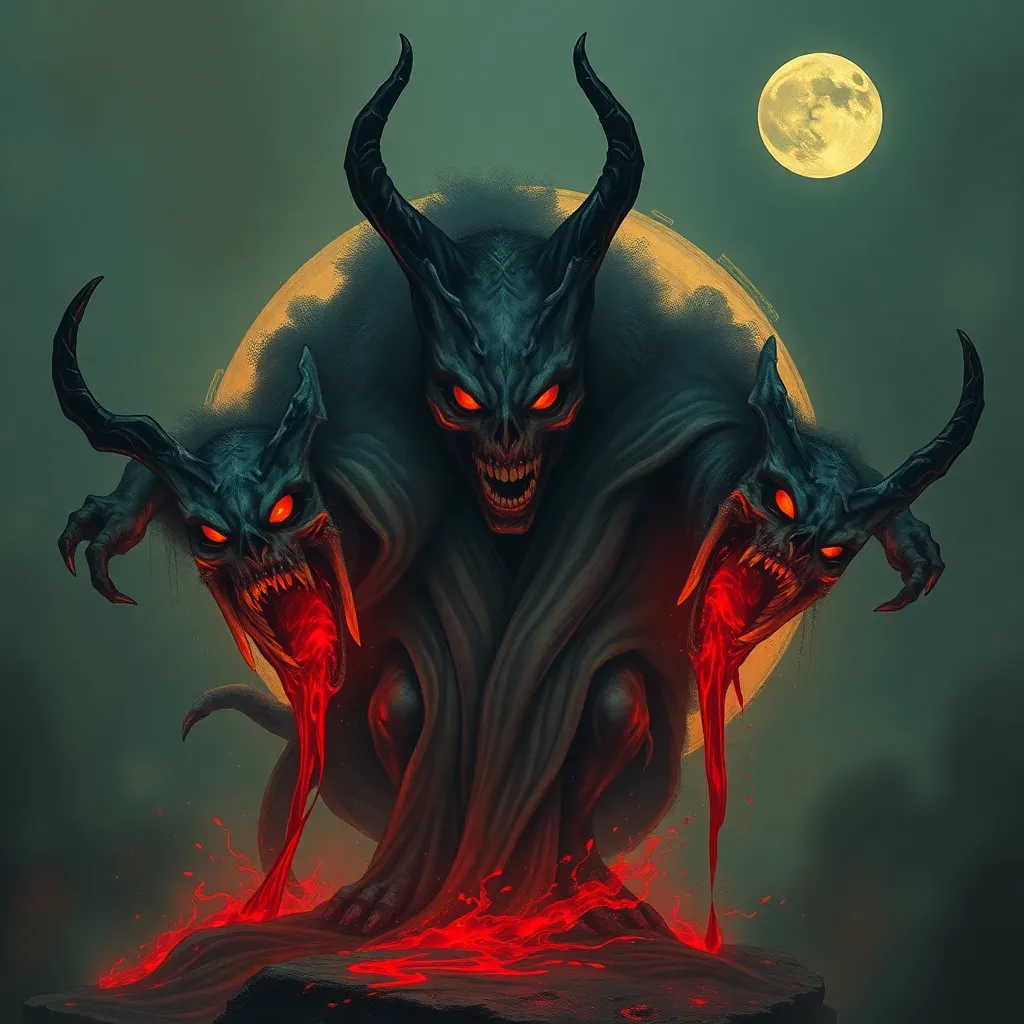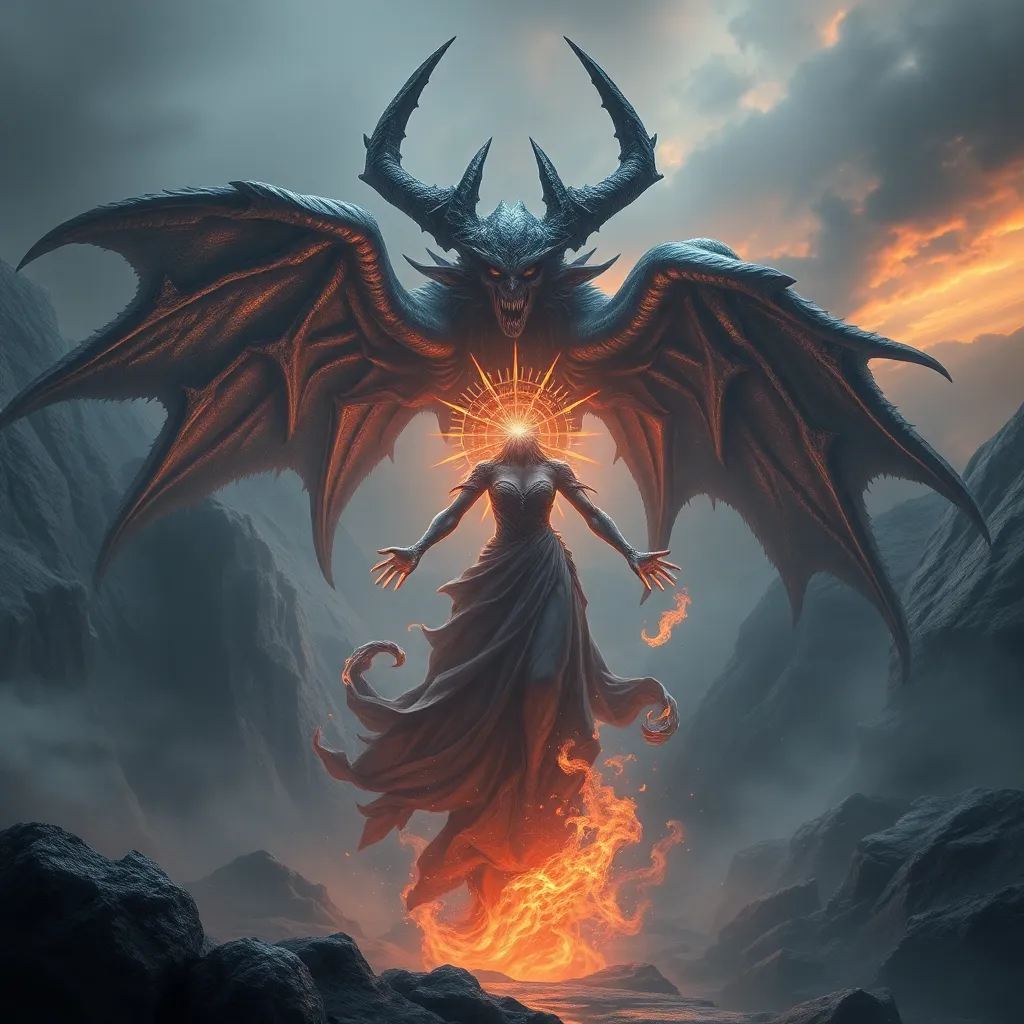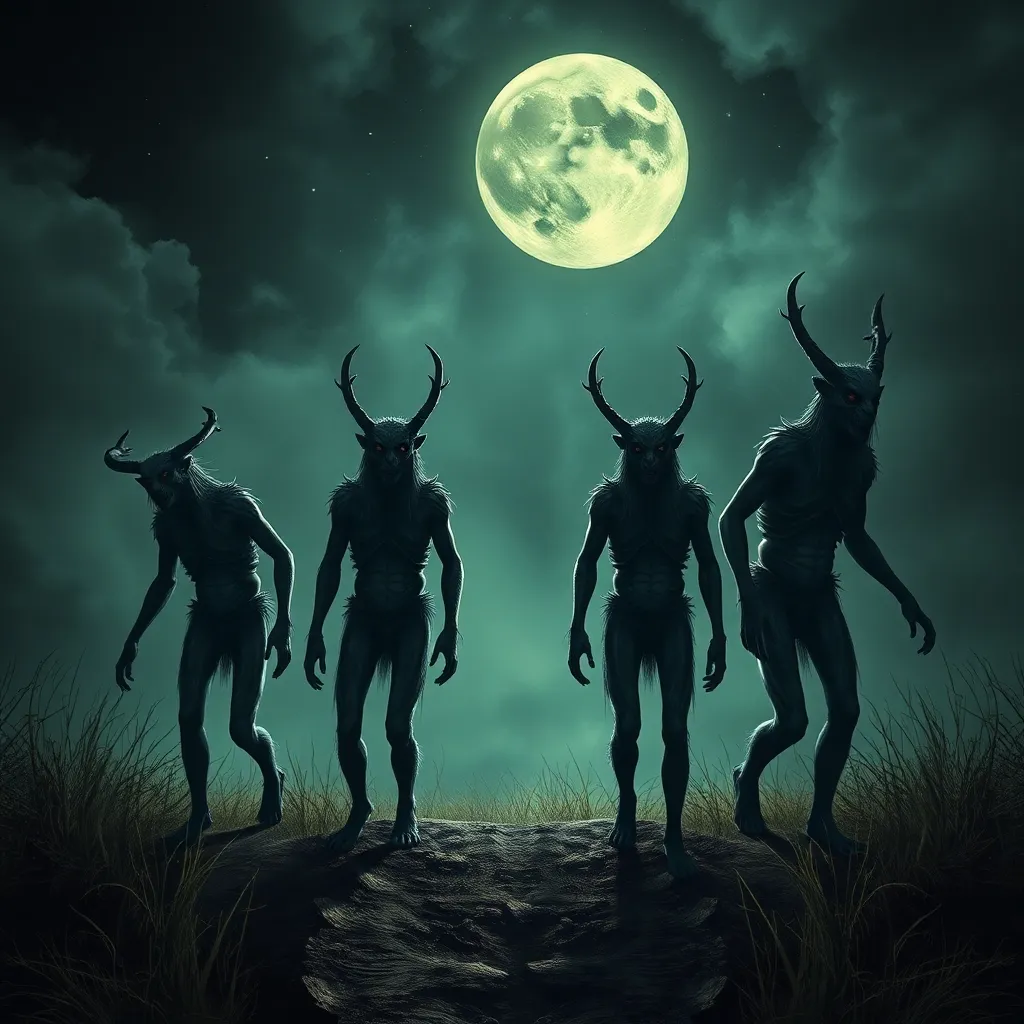The Gaki: Bloodthirsty Spirits in Japanese Folklore and their Association with Vampires
I. Introduction
The Gaki, known as “hungry ghosts,” are a prominent aspect of Japanese folklore, embodying the consequences of greed and desire. These ethereal beings are often depicted as tormented spirits suffering from insatiable hunger, and their significance in cultural narratives is profound. This article will explore the connections between Gaki and vampire mythology, examining how these spirits reflect universal fears and desires surrounding consumption and the afterlife.
II. Understanding Gaki
A. Historical origins and cultural context of Gaki
The concept of Gaki finds its roots in ancient Buddhist teachings, particularly within the context of the six realms of existence, which include gods, humans, animals, hungry ghosts, hell beings, and asuras. The Gaki realm represents souls who have succumbed to overwhelming desires during their lifetimes, leading to their current state of suffering and insatiability. These spirits are often depicted in various forms, reflecting their past misdeeds and unfulfilled cravings.
B. Characteristics and behaviors attributed to Gaki
Gaki are characterized by their gaunt, emaciated appearances, often with distended bellies and necks that symbolize their eternal craving for food and drink. Their behaviors reflect their torment; they are known to haunt places where they once thrived, seeking sustenance that they can never fully attain. Some common characteristics include:
- Constant hunger and thirst
- Inability to consume food or drink satisfactorily
- Restlessness and a haunting presence
- Desperate attempts to satisfy their cravings, often leading to aggressive behavior
C. The Gaki in Buddhist teachings and their role in the afterlife
In Buddhist belief, Gaki serve as cautionary figures, illustrating the consequences of attachment and desire. They are often used in parables to teach the importance of moderation and the dangers of greed. The Gaki realm is one of suffering, and it serves as a reminder of the cycle of rebirth, where one’s actions in life directly influence their spiritual fate in the afterlife.
III. The Nature of Bloodlust in Gaki
A. Exploration of the Gaki’s insatiable hunger and thirst for blood
The Gaki’s thirst transcends mere physical hunger; it reflects a deeper, more spiritual craving that can be likened to bloodlust. This insatiable desire leads them to seek out the living, compelling them to drain the vitality of others in a futile attempt to satiate their own eternal hunger. The connection between Gaki and bloodlust symbolizes the destructive nature of unchecked desire.
B. Comparison of Gaki’s bloodlust to other mythical creatures in global folklore
When compared to other mythical beings, Gaki share similarities with various global creatures known for their bloodthirsty nature. For instance:
- Vampires: The Western vampire legends depict creatures that drain the life force from humans, often needing blood to sustain their existence, similar to Gaki.
- Aswang: In Filipino folklore, Aswang are shape-shifting monsters that feed on the blood of the living, paralleling the Gaki’s insatiable hunger.
- Chupacabra: This creature from Latin American folklore is infamous for draining the blood of livestock, reflecting the primal fear of blood loss and predation.
IV. The Gaki and Vampiric Traits
A. Similarities between Gaki and traditional vampire characteristics
The Gaki exhibit several traits that align them with traditional vampire mythology. Both are associated with:
- Insatiable hunger or thirst, often for blood or life force
- Haunting the living, either through direct confrontation or subtle influence
- A connection to death and the afterlife, serving as reminders of mortality
B. Examination of Gaki as a form of spiritual vampire within Japanese culture
In this context, the Gaki can be viewed as a type of spiritual vampire—entities that do not merely exist to terrify but instead embody the consequences of human desires gone awry. They serve as a cultural reflection of humanity’s fears about greed, consumption, and the eternal hunger of the soul.
V. Gaki in Literature and Popular Culture
A. Representation of Gaki in classical Japanese literature
Gaki have been depicted in various works of classical Japanese literature, including Noh plays and Ukiyo-e woodblock prints, where they serve to illustrate moral lessons. Stories often highlight their tragic existence and the lessons to be learned about desire and attachment.
B. Modern adaptations and portrayals in anime, film, and literature
In contemporary culture, the Gaki have seen a resurgence in popularity through anime and film. Series such as “Natsume’s Book of Friends” and movies like “Ringu” incorporate elements of Gaki into their narratives, reinterpreting these spirits for modern audiences. These adaptations often emphasize themes of isolation, longing, and the consequences of past actions.
VI. Cultural Impact and Symbolism
A. The Gaki as a metaphor for societal issues like greed and suffering
The Gaki symbolize deeper societal issues, serving as a metaphor for the greed and suffering that permeate human existence. Their never-ending hunger reflects the insatiable desires present in modern society, urging individuals to confront their own cravings and the consequences of their actions.
B. The influence of Gaki on contemporary views of the supernatural in Japan
The Gaki have played a significant role in shaping contemporary views of the supernatural in Japan. Their presence in popular culture has contributed to a broader understanding of spiritual entities, influencing how people perceive and interact with the metaphysical world.
VII. Comparative Analysis: Gaki and Global Vampire Mythologies
A. Cross-cultural comparisons of Gaki with Western vampire legends
While Gaki and Western vampires share many traits, key differences also emerge. For instance, Western vampires are often romanticized figures, associated with immortality and seduction, whereas Gaki are tragic and pitiful beings, eternally suffering from their unfulfilled desires.
B. Unique features that differentiate Gaki from other vampire archetypes
Some unique features of Gaki include:
- Their origin as spiritual entities rooted in Buddhist teachings
- The emphasis on moral lessons surrounding desire and attachment
- Their portrayal as victims of their own choices, rather than purely predatory beings
VIII. Conclusion
In summary, the Gaki hold a significant place in Japanese folklore, embodying the complexities of human desire and the consequences of greed. Their connections to vampire mythology reveal a deeper understanding of the human condition, illustrating fears and desires that resonate across cultures and time. As modern interpretations continue to evolve, the Gaki remain a powerful symbol in exploring the darker aspects of spirituality and existence, ensuring their relevance in contemporary discourse on the supernatural.



